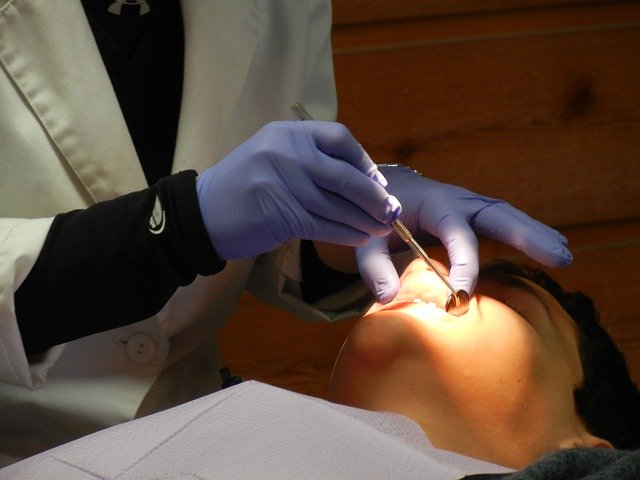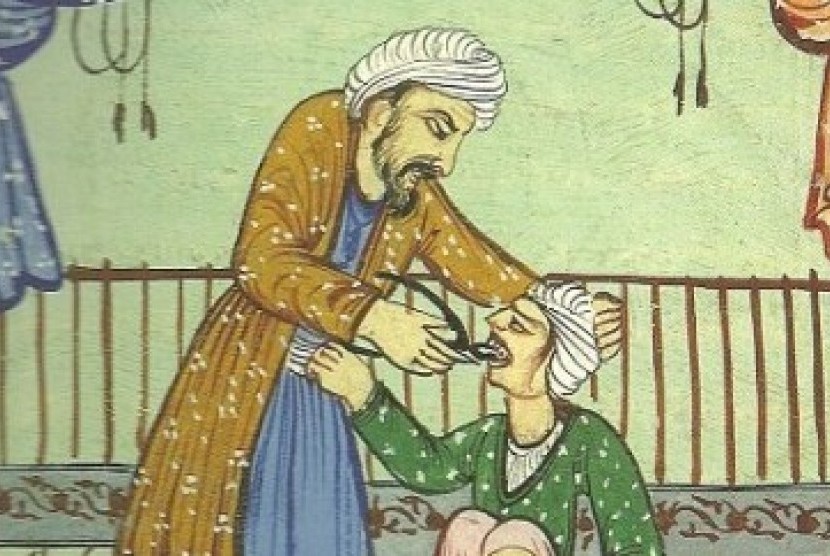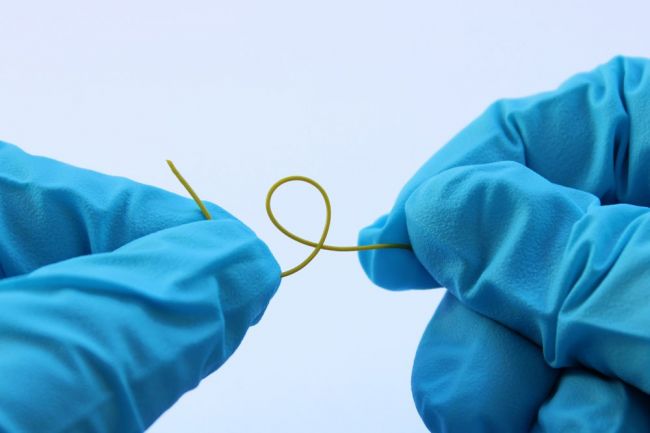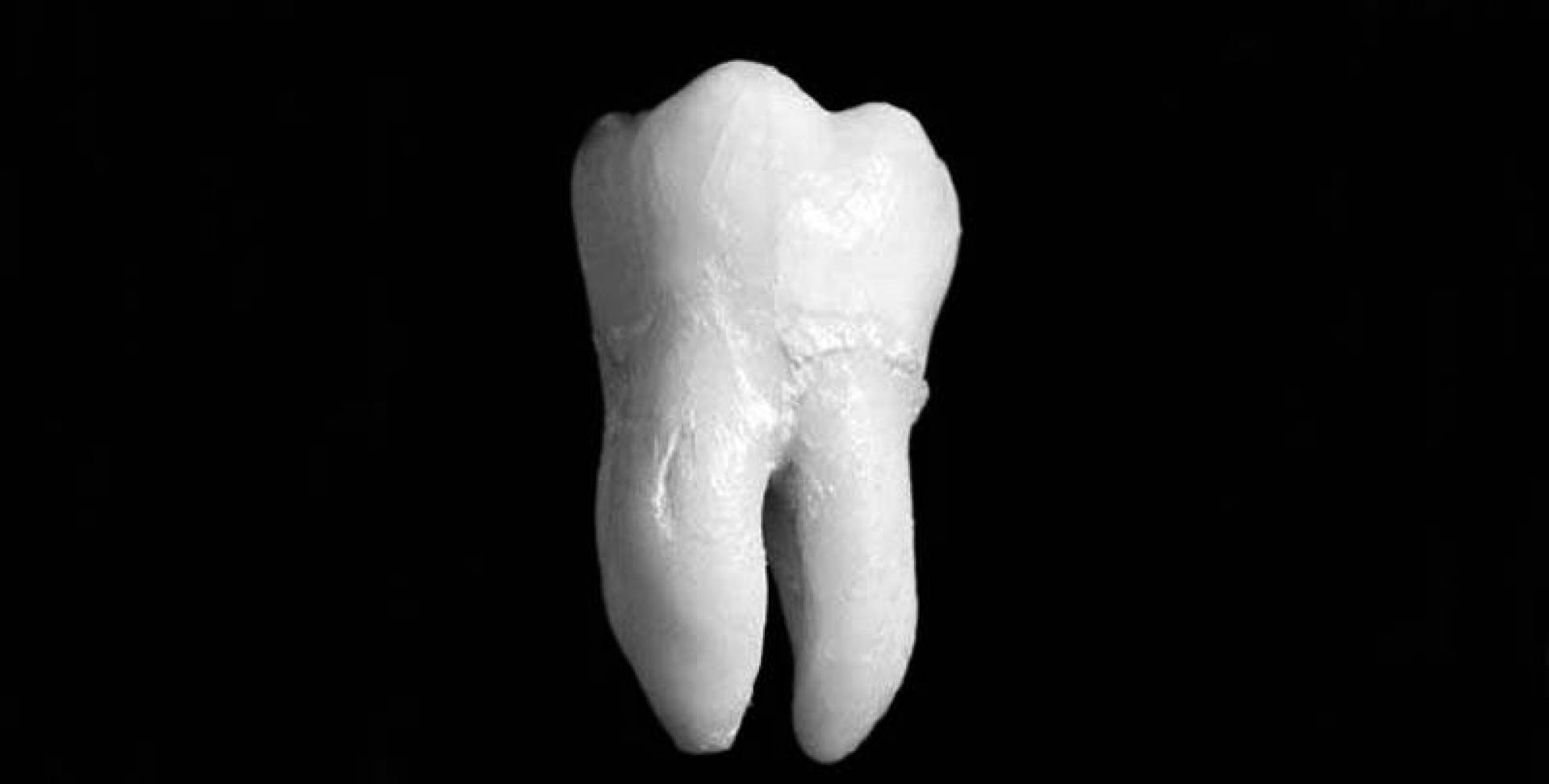Endodontics, also known as pulp therapy, is a treatment to remove infection from the inside of the tooth that aims to protect the tooth from future infection after removing the damaged or decayed tissue and is done within the root canals of the teeth.
The “root canal” is the part of the tooth that contains nerve tissue, blood vessels, and other cells, also known as the pulp.
What are the steps in brief?
Root canal treatment is done in three steps, and takes between one and three sessions to complete.
1. Root canal cleaning
First, the dentist removes everything inside the root canal.
With the patient under local anesthesia, the dentist makes a small hole on the surface of the tooth and removes diseased and dead pulp tissue with very small spikes.
2. Root canal filling
After the doctor removes the damaged hard and soft tissues, he begins by cleaning the hollow area, shaping and disinfecting it using small spikes and irrigation solutions and making sure that the cavity is free of any germs.
Then the tooth is filled with medicinal material to completely seal the canals and ensure that there are no leaks.
After root canal treatment, the tooth is dead. The patient will not feel any pain in that tooth due to the removal of the nerve tissue and removal of the infection.
3. Adding a crown or a filling
However, the tooth will now be more fragile than it was before. A tooth without pulp should receive nourishment from the ligament that connects the tooth to the bone. This supply is sufficient, but over time, the teeth become more fragile, so a crown or filling provides protection.
Sometimes nerve treatment takes only one appointment, but if there are curved or multichannel ducts or a significant infection, it may take an additional appointment or two.
Pain is often asked about.
One of the major fears of dental clinic auditors is that it will be painful, but the fact that the treatment process is carried out through local anesthesia and with the development of science has become almost non-existent.
The pain that is felt comes from the infection and not from the treatment, treatment does not cause pain, it helps to relieve it.
A dental surgeon will relieve pain by numbing the tooth and the surrounding area with local anaesthesia.
After treatment very mild pain may appear, and over-the-counter (over-the-counter) pain relievers may be enough to relieve it. If necessary, the dentist may prescribe an antibiotic to treat or prevent infection.
Who needs nerve treatment and why?
If the pulp becomes infected or diseased, it will not be able to repair itself, and the tissue will die.
If there is a deep cavity, a cracked tooth, or a loose filling, bacteria can enter the pulp and the bacteria will eventually destroy the pulp.
If bacteria penetrate the root openings, it may cause an infection in the bone. The infection will weaken and break the bone. The ligaments around the tooth will probably swell, and the tooth will become loose.
Injury to the pulp makes the teeth sensitive to high and low temperatures, there may be pain when chewing, and some people have a constant throbbing pain.
Without treatment, the infection will spread. Eventually, the tooth will become loose and need to be extracted.
Some patients choose extraction, especially if it hurts a lot or if the tooth cannot be restored, for example, if there is significant caries, trauma or bone loss due to periodontal disease.
However, removing a tooth may mean that the surrounding teeth begin to move and become crooked. This can look unsightly and the jawbone may decline over time.
Usually, the treatment of the nerve is the reason for the survival of the tooth for a longer period and prevents the appearance of pain
If the tooth cannot be saved, the next best option is transplantation.
And all the research says that saving natural teeth is best, if possible, because there is nothing better than working out natural teeth.
To prevent and prevent all of these dentists recommend the following:
Brush your teeth twice, at bedtime, and at least once every day
Use a fluoride toothpaste
Use an appropriate toothbrush and replace it regularly
Attending regular dental exams and cleanings
Flossing between teeth and preventing plaque buildup
Avoid sugary drinks and foods, and follow a healthy diet.
Sealants can be placed on the surfaces of molars prone to decay.

















Comments